Gyeongsangbuk-do Forest Research Institute (경상북도 산림환경연구원)
2.9Km 2021-02-01
367, Tongil-ro, Gyeongju-si, Gyeongsangbuk-do
+82-54-778-3813
Located at the foot of Namsan Mountain in Gyeongju, Gyeongsangbuk-do Forest Research Institute is a popular spot for field trips and relaxation due to the institute's rare and rural forestry along with well-preserved endangered plants and wild flowers.
Gyeongbuk Millennium Forest Garden (경북천년숲정원)
3.1Km 2025-11-06
366-4 Tongil-ro, Gyeongju-si, Gyeongsangbuk-do
Located at the foot of Namdongsan Mountain in Gyeongju, the Gyeongbuk Millennium Forest Garden, a part of Gyeongsangbuk-do Forest Environment Research Institute, was officially opened to the public in 2023. It boast a variety of plants and flowers, with different species in each zone. Visitors can enjoy beautiful seasonal changes of diverse plants. The descriptions provided to explain each plant’s unique characteristics create a fun learning environment for kids, making it a perfect destination for a family trip.
◎ Travel information to meet Hallyu’s charm - TV series"Kang Deok-soon's Love History"
This garden is the place where Deoksun breaks down and cries on a log bridge, overcome with her feelings about Seok-Sam and her parents. The area around the log bridge, which appeared in the show as a laundry site, is a famous photo spot.
Hwangseong Park (황성공원)
3.3Km 2025-06-19
431-12 Wonhwa-ro, Gyeongju-si, Gyeongsangbuk-do
Situated near the Gyeongju Municipal Library and Gyeongju Arena, Hwangseong Park is notable for its dense forest populated with stunning pine trees and centuries-old trees. During summer, it becomes a haven for blooming Lilyturfs, while in autumn, ancient trees such as zelkova and oak showcase vibrant colors, enhancing the natural beauty of the area. Within the park, visitors can find the Statue of General Kim Yusin, a Korean archery range, and a Ssireum (Korean traditional wrestling) ring. Nearby attractions include Gyeongjueupseong Walled Town, Cheonmachong Tomb, Daereungwon Ancient Tombs, and Hwangnidan Street.
Hwarang Institute (화랑교육원)
3.5Km 2024-02-23
62 Saenamsan-gil, Gyeongju-si, Gyeongsangbuk-do
Hwarang Institute is Korea's first character education organization. It aims to inherit the spirit of the Silla dynasty's Hwarang, a youth warrior group, and to cultivate good character and personality in children. Its facilities include Hwarang Hall, a playground, an auditorium, and a Safety Education Hall. Notably, the Safety Education Hall features an earthquake experience room, a life-saving room, and a 4D video room, where children can receive effective preventive safety education on health, crime, and natural disasters. Nearby tourist attractions include the Gyeongju National Museum, the Tomb of King Jeonggang, Gyeongju Millennium Forest Garden, and the Tomb of King Gyeongae.
Myeongdong Kalguksu (명동칼국수)
3.6Km 2024-02-28
46-4 Yongdam-ro, Gyeongju-si, Gyeongsangbuk-do
Myeongdong Kalguksu is a noodle restaurant specializing in kalguksu (noodle soup), located near Gyeongju Hwangseong Park. It offers kalguksu, haemul kalguksu (noodle soup with seafood), mandu jeongol (mandu hot pot), and more, prepared with chewy noodles and rich anchovy broth. After your meal, you can explore nearby attractions such as Gyeongju Civic Stadium, Arts Center, and Bitnuri Garden, as this area is rich in the cultural and historical heritage of the Silla dynasty.
Gyeongju Arts Center (경주예술의전당)
3.7Km 2025-06-19
1 Alcheonbuk-ro, Gyeongju-si, Gyeongsangbuk-do
Gyeongju Arts Center opened its doors to the public on November 6, 2010. Major facilities include a grand performance hall, small performance hall, exhibition chamber, outdoor performance stage, conference room, seminar room, and a toy library where a wide range of educational and participatory programs are held.
Olive Young - Gyeongju Yonggang Branch [Tax Refund Shop] (올리브영 경주용강점)
4.3Km 2025-10-28
46 Wonji-gil, Gyeongju-si, Gyeongsangbuk-do
Tongiljeon Ginkgo Road (통일전 은행나무길)
4.3Km 2025-02-04
6 Chilburam-gil, Gyeongju-si, Gyeongsangbuk-do
Tongiljeon Ginkgo Road is a tree-lined road approximately 2 kilometers long in front of the Tongiljeon Hall, a building erected to commemorate the unification of the Three Kingdoms under Silla. The street is one of the best autumn destinations in Gyeongju, with ginkgo trees lined up on both sides of the road. During fall, the trees create a beautiful scene with their brilliant yellow leaves. The road is perfect for a leisurely drive or a walk, and from Tongiljeon Hall, visitors can enjoy a panoramic view of the entire ginkgo tree-lined path.
Gyeongju Bird Park (경주 버드파크)
4.8Km 2025-06-12
74-14 Bomun-ro, Gyeongju-si, Gyeongsangbuk-do
Gyeongju Bird Park, located in the Bomun Tourist Complex, is a bird-themed park designed in the shape of a bird's nest. It houses around birds of different species, along with various plants and flowers. Visitors can interact with the birds and enjoy hands-on experiences at the educational center. The first floor features an ecological experience hall with birds, reptiles, fish, and small animals, while the second floor includes exhibition halls and outdoor experiential spaces.
Homeplus Mega Food Market - Gyeongju Branch [Tax Refund Shop] (홈플러스 메가푸드마켓 경주점)
4.9Km 2025-10-27
97, Gongdan-ro, Gyeongju-si, Gyeongsangbuk-do
-
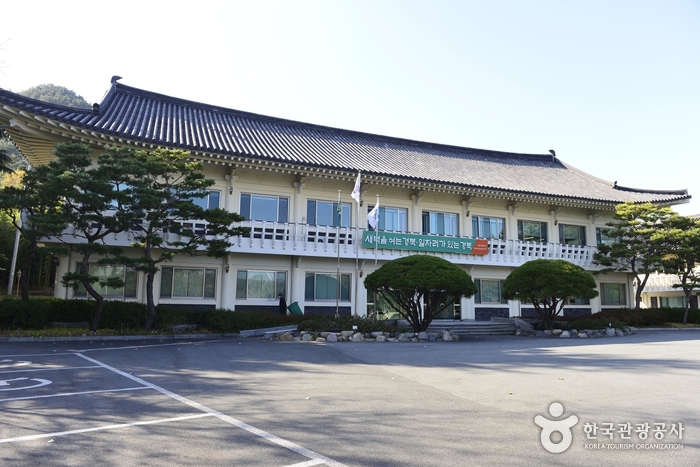
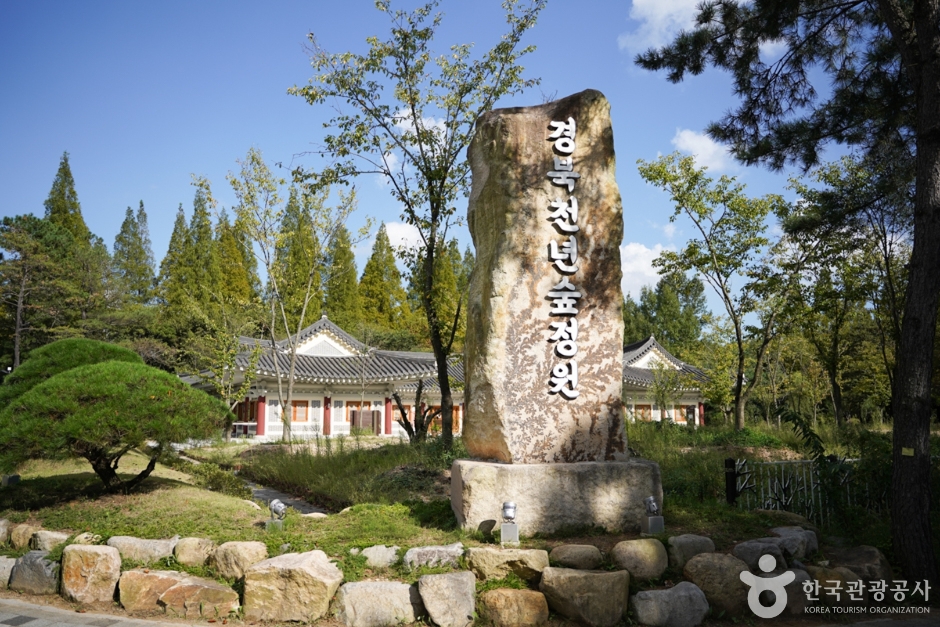

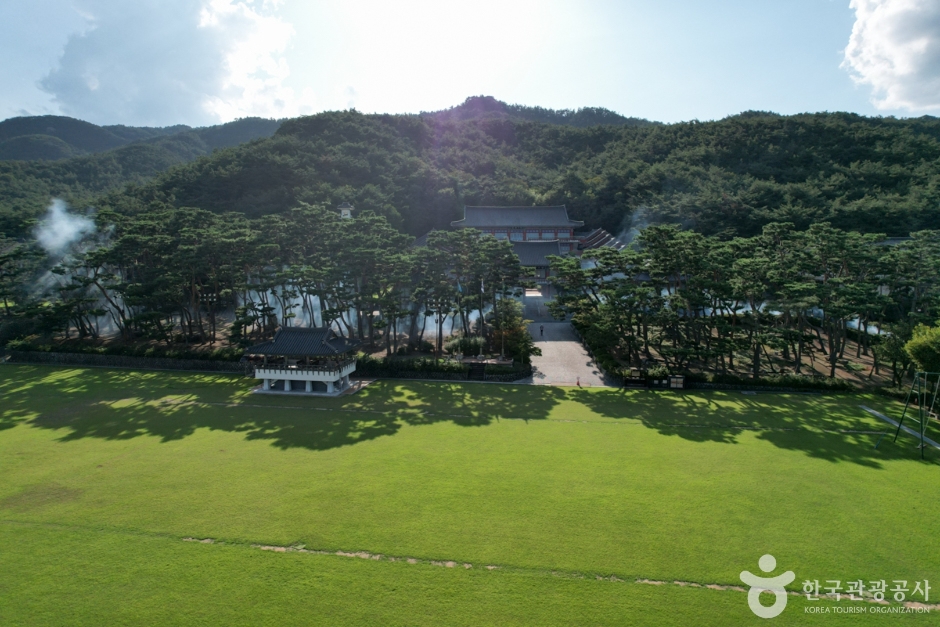
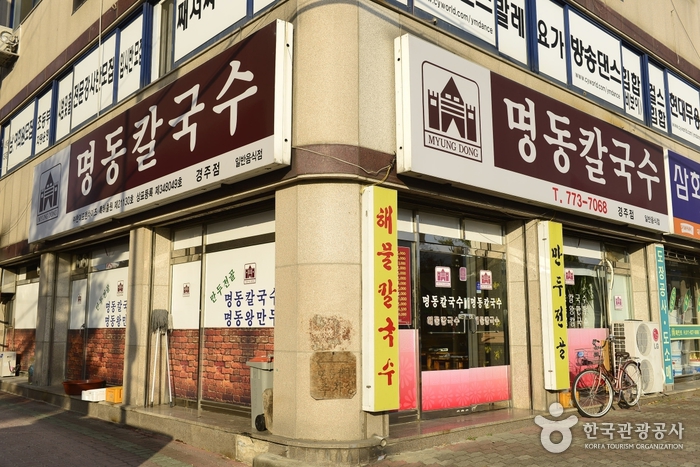
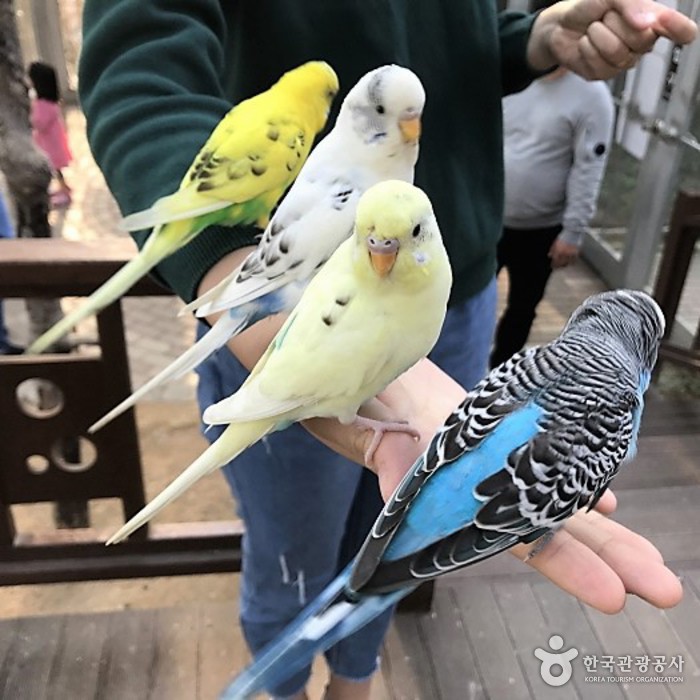
![Homeplus Mega Food Market - Gyeongju Branch [Tax Refund Shop] (홈플러스 메가푸드마켓 경주점)](http://tong.visitkorea.or.kr/cms/resource/40/2883740_image2_1.jpg)
 English
English
 한국어
한국어 日本語
日本語 中文(简体)
中文(简体) Deutsch
Deutsch Français
Français Español
Español Русский
Русский